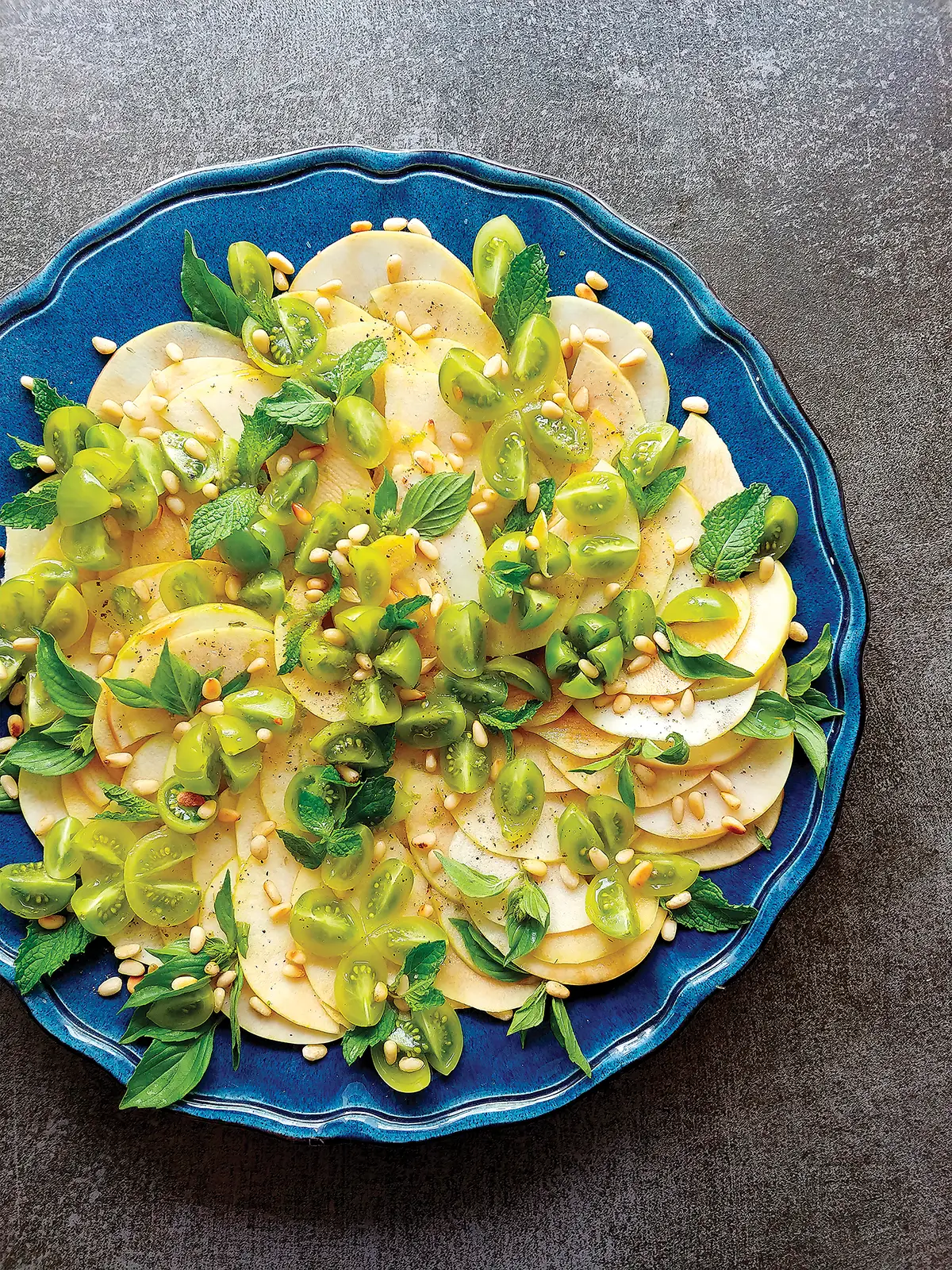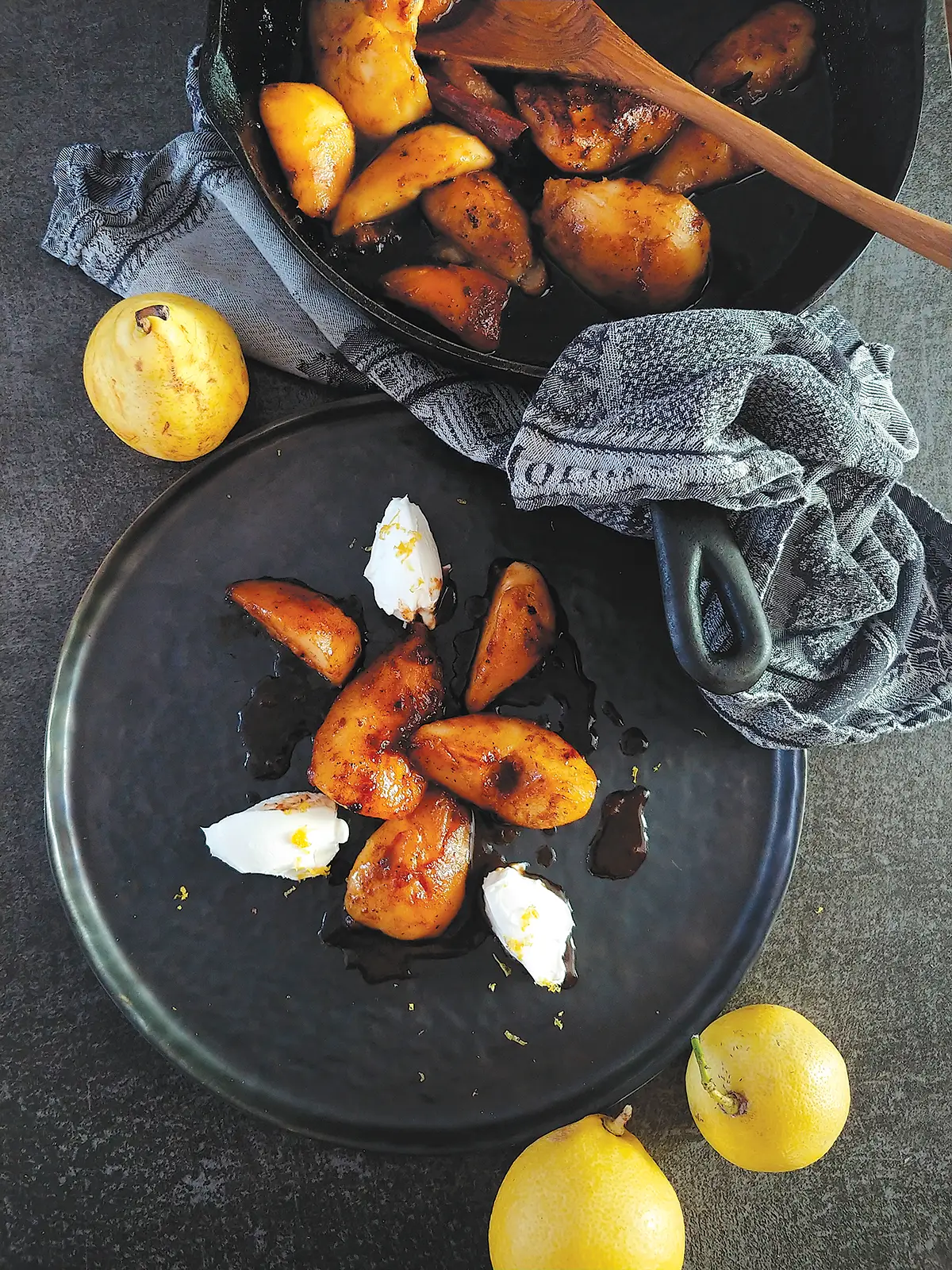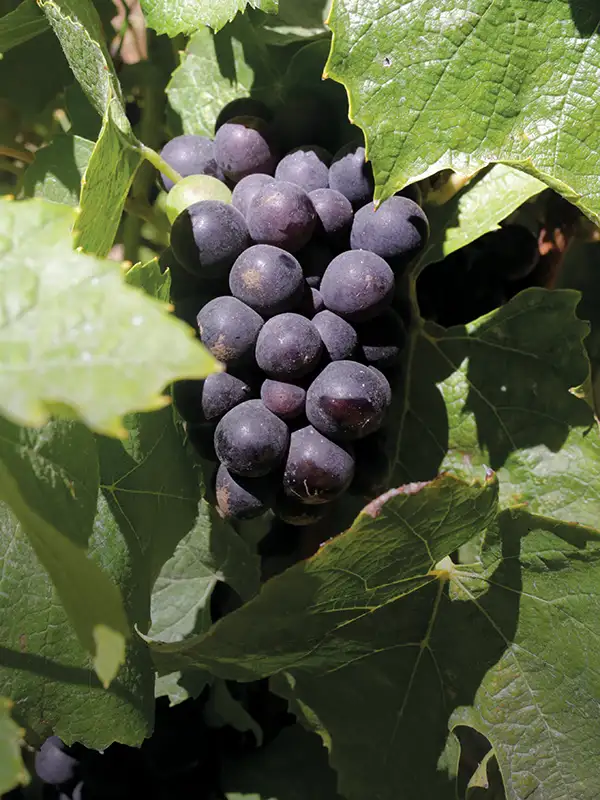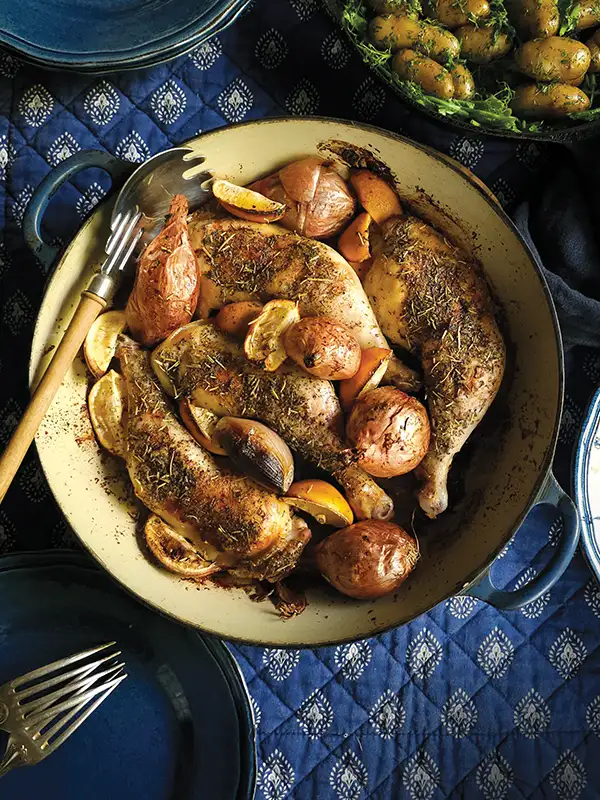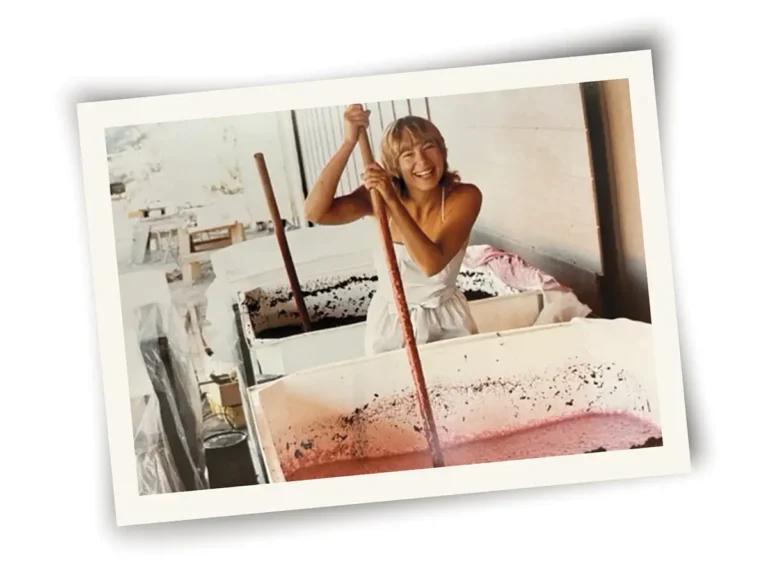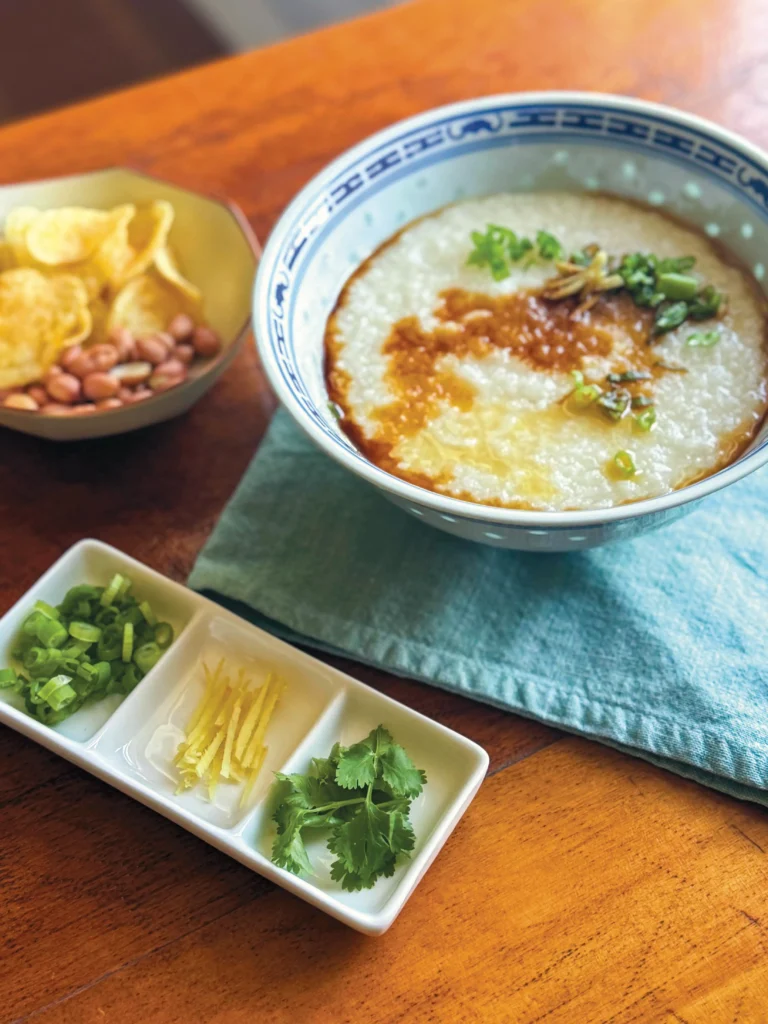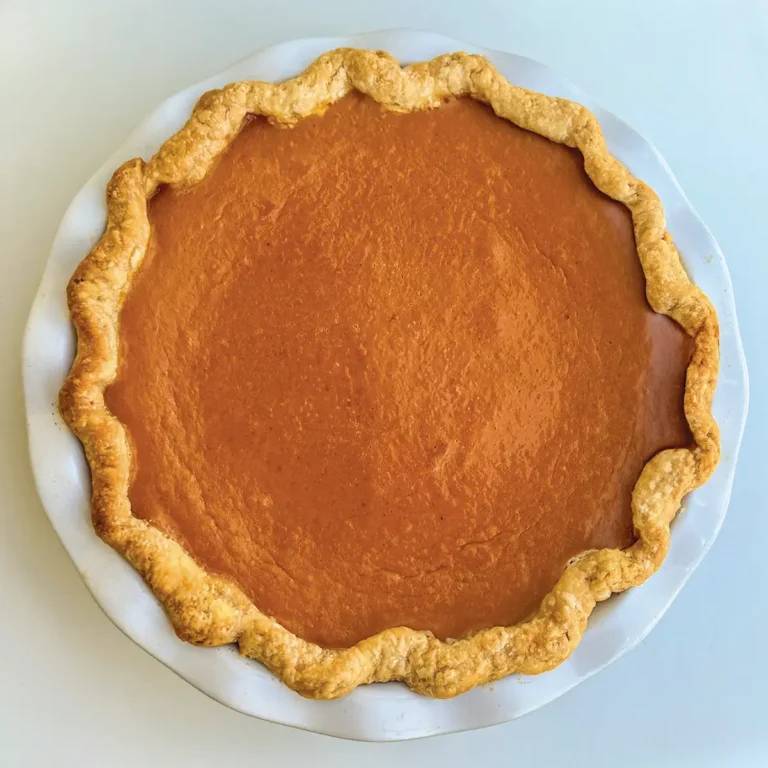Fruit Fall
“Fruit, more than any of the other foods we consume, has the power to go right to the heart of our being. Fruit is sweet. Fruit is beautiful to look at and beautiful to smell. Fruit teaches us the meaning of time and eternity.”
—Alice Waters, Chez Panisse Fruit
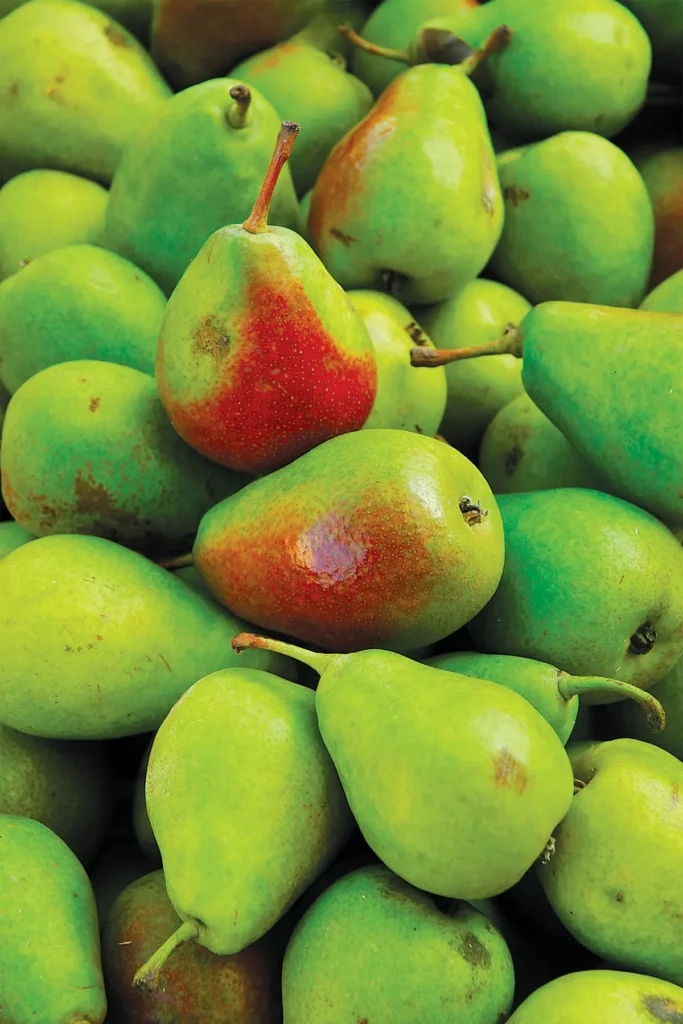
Rereading this passage from the introduction to Alice Waters’ delicious fruit cookbook made me think about patience, and the life cycle of plants and trees —fruit trees in particular. Is there anything more satisfying than watching something you have planted grow and bear fruit?
The life cycle of almost any fruit tree echoes the seasons—a cool dormant winter, the flourish of blossoms in the spring, the tantalizing ripening in the summer, followed by a gratifying harvest.
I have, sporadically, over the past three years, planted an assortment of fruit trees. I’ve planted a lemon, fig, peach, donut peach, nectarine, apricot and apple in the hope that they will blossom and bear a prodigious quantity of fruit I can subsequently eat, cook with and preserve.
I had hoped for a six-month-long feast of fruitful fecundity, beginning with divine Blenheims in June, ending with crunchysweet tangy Fujis in mid-autumn, with a final flourish of magnificent Meyers to cap off the winter months. The results have been very mixed, due in large part to their being planted in pots, albeit very large ones, and my belief that they will just get on with the business of growing, blossoming, pollinating and producing a juicy product without my having to intervene too much. I had chosen varieties with the shortest requirement of chill hours and fed them before they blossomed. However, three years and a fruit harvest that has gone from satisfying to abysmal have put paid to any notions of my fruit tree husbandry.
As I stood in the garden earlier this summer, surveying my fruitless—and I do mean completely fruitless—apricot, peach and nectarine trees, wondering what had gone wrong, I suddenly thought about my grandmother Genevieve, her garden and my culinary apprenticeship at her side.
As a child, I learned to pick and choose fruit in her garden or at the market. She would assess them, smell them, and choose only those that were perfect. She would wait patiently for the fruit she grew—whether an apricot, cherry, red currant or plum—to be just so, just at their height of sweetness, before picking them. Jams and jellies were resplendent representations of fruit at their acme. Her apricot jams were the color of an orange sunflower, her red currant jelly a glistening ruby red. Desserts at her house were often a single piece of fruit, but what a piece of fruit it would be.
After all the hard work of harvesting them, we ate them reverently, eyes almost closed, savoring their juiciness! She came to my mind when I read this quote from John Keats: “Talking of pleasure, this moment I was writing with one hand, and with the other holding to my Mouth a Nectarine—how good, how fine… all its delicious embonpoint melted down my throat like a large, beatified Strawberry.”
If plums, peaches and nectarines are the glory bombs of summer, apples and pears are the fireworks of autumn. They might not be quite as colorful or juicy, but they are versatile and can be transformative. They are cloaked in the seasonal colors of falling leaves, from pale yellow sunset to burnt orange and sage.
These are the fruit that carries us from the first chill of autumnal air to bundled up on those longed-for rainy days. These are the fruit that are the harbingers of festive feasts, the promise of delicate pies, of scented cakes and luscious puddings, married with cinnamon, cardamom, pecans and nutmeg.
As the air cools, these autumnal fruits come to the fore, keeping us company, wrapped up in cozy blankets of deliciousness. Persimmons made into pudding, pomegranates scattered like glistening jewels over autumnal salads with the golden palette of fall citrus, a caramelized tarte tatin, a classic apple pie, a Waldorf salad, a roast with apples and prunes, a cider-basted chicken, a Poire Belle Helene, a fine quince tart, a candied apple, oodles of hearty crumbles or a delicate wine poached pear.
Homer referred to pears in the Odyssey as “the gift of the gods,” and they have long been revered and seen as a precious, seductive and almost luxurious item. There is something very sensual about pears. Hidden beneath the drab exterior of a Bosc is an aromatic, sweetly spiced flesh that is perfect for baking or poaching. Slice open a pink-tinged Comice and discover a creamy, sweet juicy fruit that is an ideal complement to cheese.
Small, heirloom Forelle pears with their beautifully speckled red blush over greenish-yellow skin taste extra sweet with cinnamon spice overtones and are marvelous poached in wine or saffron syrup, a dish my grandmother made with great aplomb.
I resolved to exercise a little more patience, to channel my inner Genevieve, to see if my mini “orchard” would yield anything edible this year. Finally, to my delight, it was the smallest of the trees, the Fuji apple with its spindly trunk, that has produced an extraordinary number of marvelously sweet, crunchy apples, its little limbs bent over under their weight. I covet them! They are perfect for salads, to be eaten out of hand, or sliced alongside a nutty piece of parmesan or cheddar.
Evidently, certain years produce a spartan crop, all the more reason to treasure it. Now the question is, do I dare add a pear tree to the mix?
